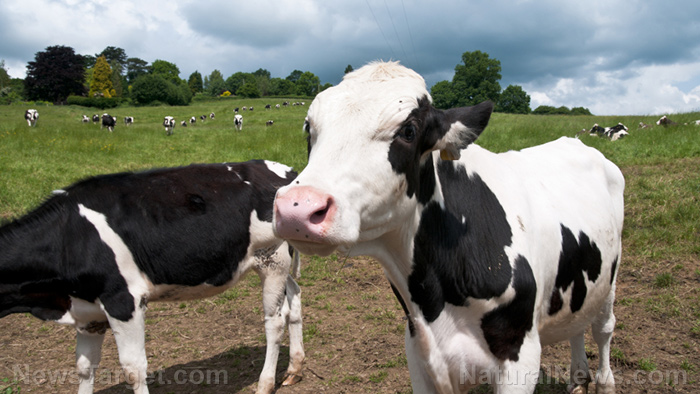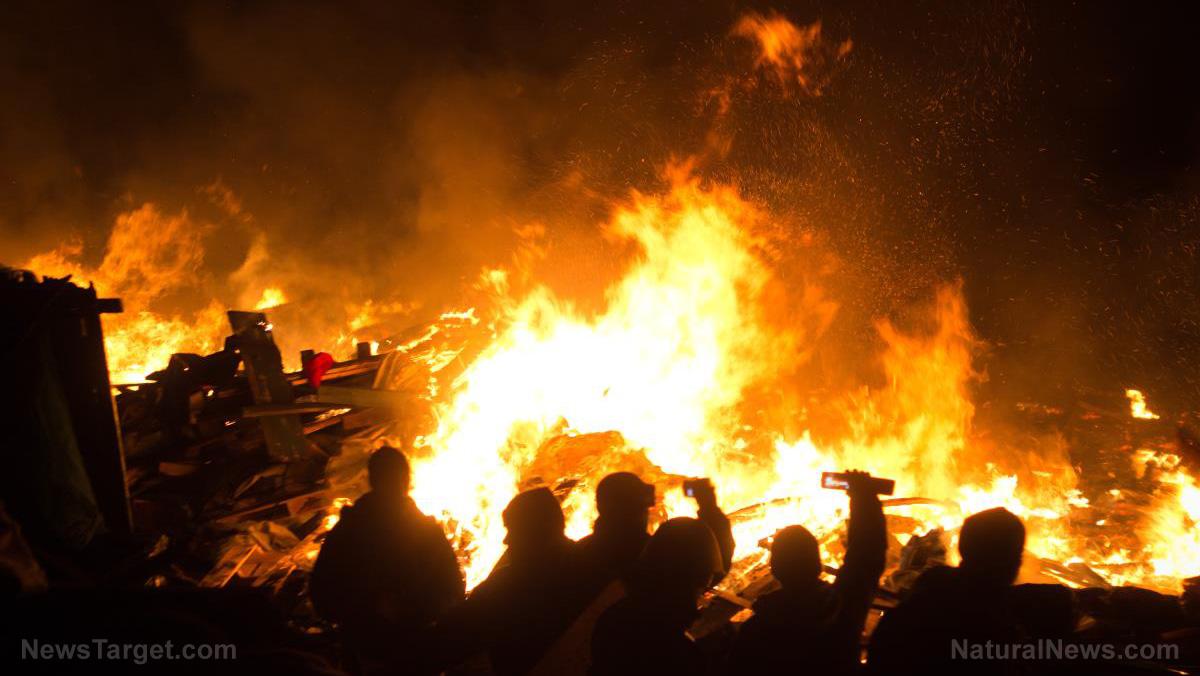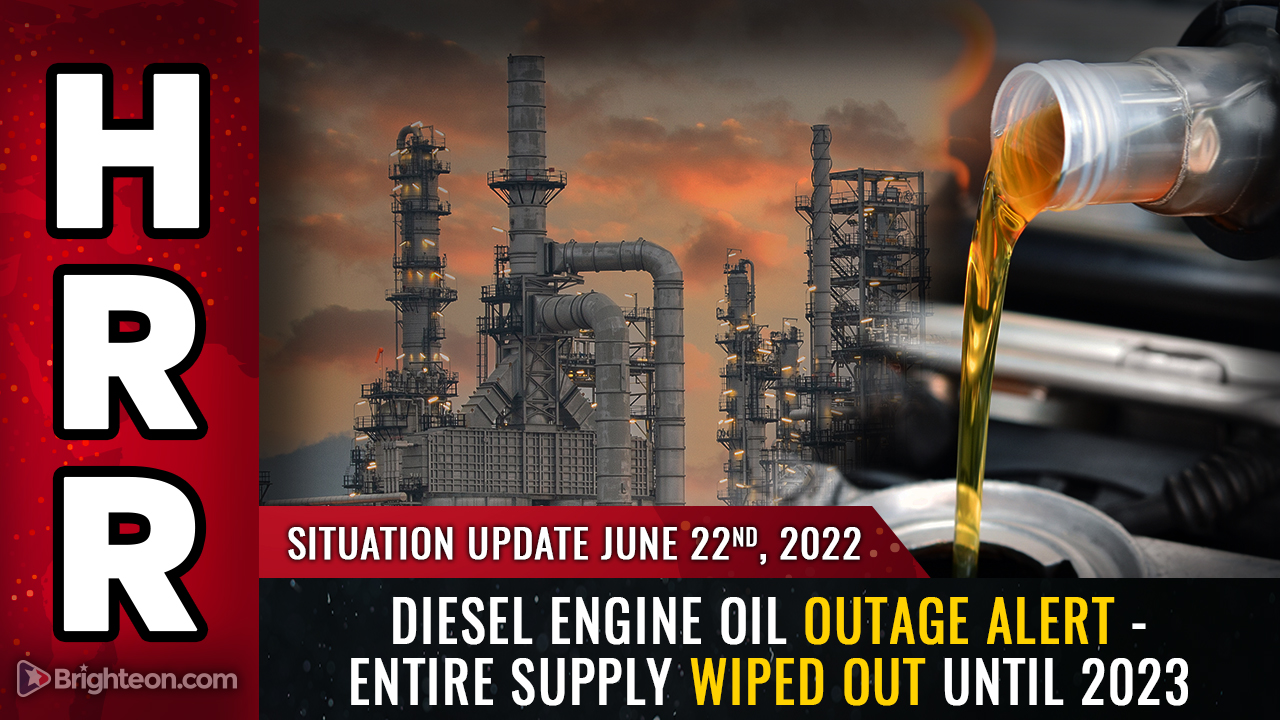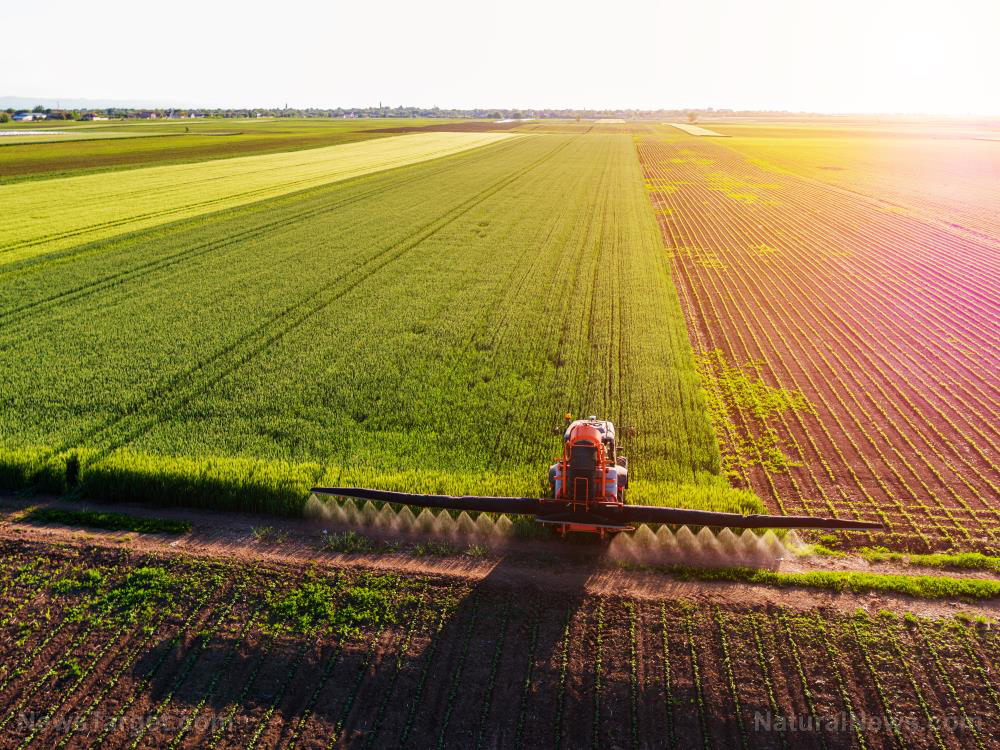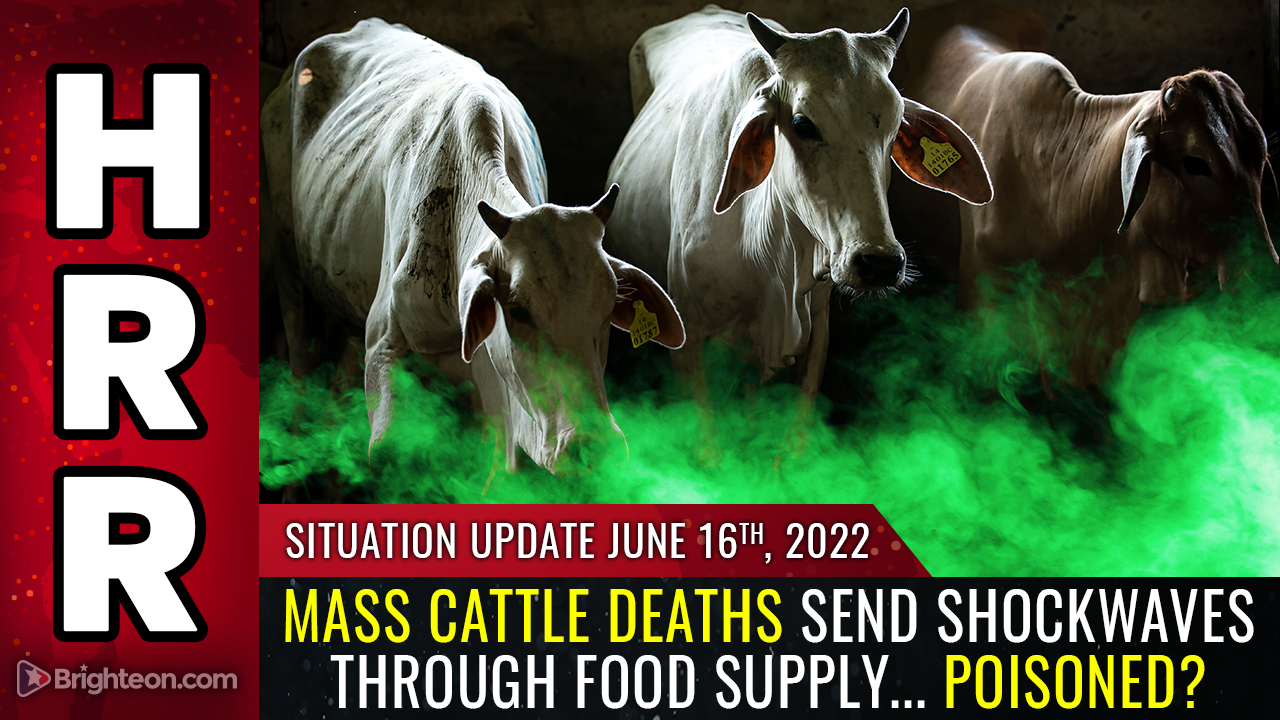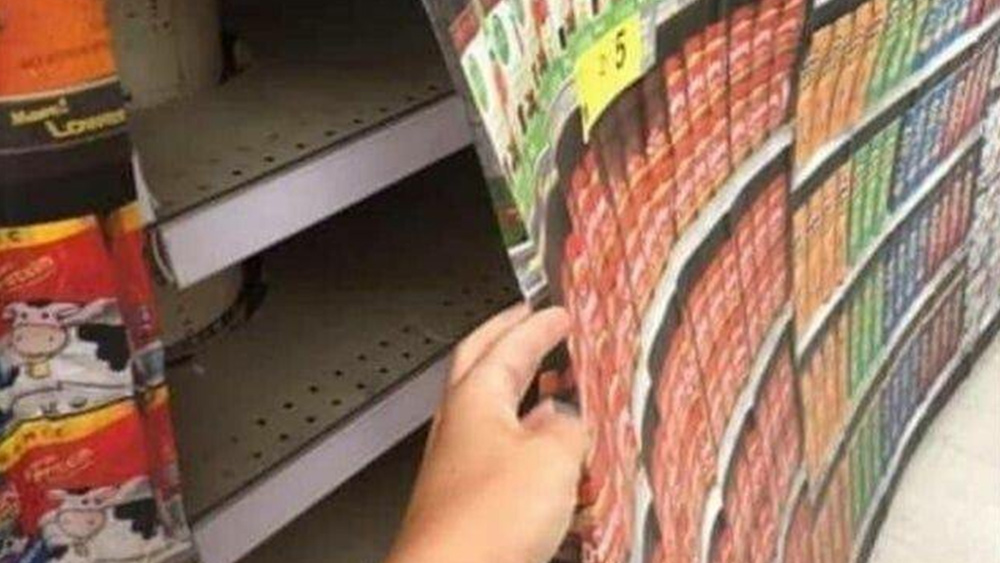Bad weather is damaging crop planting prospects for South Dakota farmers
06/22/2022 / By Cassie B.

Many South Dakota farmers have fallen significantly behind schedule on their planting, thanks to rains and flooding seen in parts of the state.
The heavy rains that struck in the middle of a lengthy drought have left many farm fields in the state soaked and rendered them inaccessible to farm equipment. Adding to their woes, storms have damaged essential planting equipment.
This has prompted major delays that have left some farmers struggling to keep on top of crop production, and by extension, their income, while others are now trying to decide if they should plant summer crops at all. Waiting too long would mean a reduced growing season and could compromise fall crops as well.
The bad weather comes after a derecho, a type of high-intensity storm, caused farmers a huge setback on May 12 by damaging the machinery needed to plant crops.
South Dakota Farm Bureau President Scott VanderWal, a Volga farmer, said the incident made the situation worse for a lot of farmers, who were already facing late planting.
“That storm came and destroyed a lot of grain bins, center-pivot irrigators, buildings, livestock facilities, a tremendous amount of damage. We had to spend a couple of nice days cleaning up messes instead of planting,” he stated.
Many farmers will have to rely on prevent planting insurance options
Although he was ultimately able to beat the odds and get his soybeans planted in time despite intermittent rains and a late start, other farmers did not fare as well. The excess moisture and flooding seen in the area means that many crop farmers will have to depend on the prevent planting options in their insurance policies to stay afloat.
These allow them to collect payments for their crops that they were unable to plant as anticipated as the result of an insured cause. This year, natural disasters, drought, flooding and excess moisture are all insured causes in South Dakota.
VanderWal said that many eastern South Dakota farmers relied on these options in 2019 as well, and it made the difference for some between staying in business and losing their farm. He added that while farmers don’t make any money from it, it can at least enable them to survive.
Meanwhile, Hecla farmer Taylor Dinger told the media that there were dramatic reductions in the crops that farmers could plant as a result of the excess moisture. Although he was able to get some corn planted right before the heavier rain set in, he only managed to get half of the normal amount into the ground.
He reported that many in the region have been turning to faster-maturing seeds for their crops to help them stay on schedule. He’s expecting just 60 percent of his normal yield in soybeans.
While some areas of the state struggle with conditions that are wetter than normal, such as the northeast, most are dealing with an ongoing drought, particularly in the west. Meteorologists say that although drier conditions are normally expected there to some degree, the current conditions are significantly more dramatic than previous years.
Part of the reason for the drought is the weather event La Niña, which sees colder than average ocean temperatures at the equator push cooler air through the northwest in a pattern that can last several months or even years.
South Dakota is expected to see below-average precipitation mixed with above-average temperatures throughout the summer months. The warmer conditions may help crops grow, but the accompanying lack of precipitation will make irrigation challenging and force some farmers to try new practices.
Last year, the U.S. Department of Agriculture made changes that allow farmers to plant cover crops to boost soil health and keep their land in good condition without compromising their eligibility for prevented planting payments.
Sources for this article include:
Submit a correction >>
Tagged Under:
agriculture, Climate, crops, derecho, Drought, environment, farming, flooding, food collapse, food production, food shortages, food supply, hunger, insurance, la nina, natural disasters, rationing, scarcity, South Dakota, starvation, storm
This article may contain statements that reflect the opinion of the author
RECENT NEWS & ARTICLES
COPYRIGHT © 2017 STARVATION NEWS




